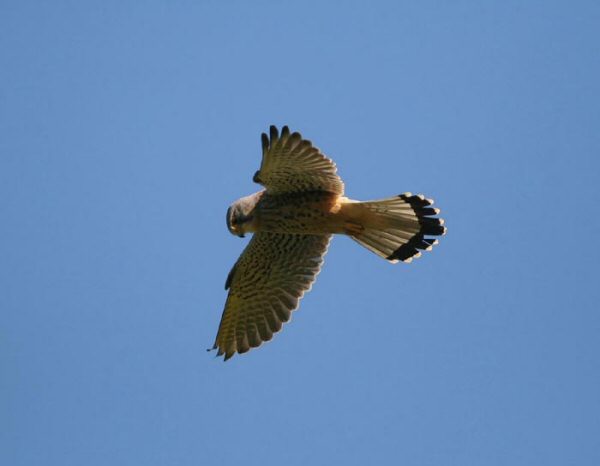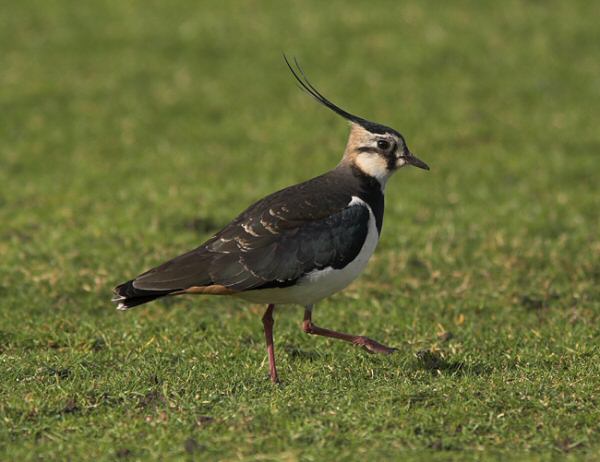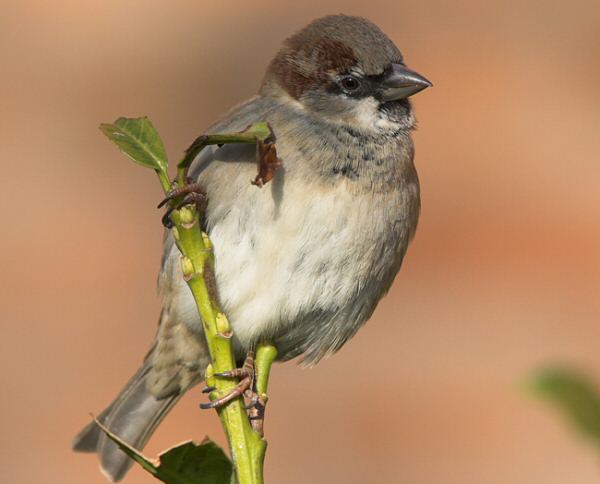|
Mixed bag for Scotland’s birds: |
|
Each year, hundreds of birdwatchers go out with notebooks to count Scotland’s birds, as part of the annual BTO/JNCC/RSPB Breeding Bird Survey. The high rate of coverage means that we are able to report on changes in bird populations for Scotland, Wales, England and Northern Ireland, as well as the UK overall. Here we report on the 2006 breeding season. |
| Overall picture in Scotland: |
|
| Record volunteer participation |
| A record number of volunteers took part in the Breeding Bird Survey in Scotland in 2006, with 333 sites surveyed by 269 volunteers across the country, including many sites on the Scottish islands as well as those located within the more populous central lowland belt. |
| Kestrel: a once common bird of prey continues to decline |
| The once common Kestrel has continued to decline in Scotland, with numbers down by nearly two-thirds since the start of the survey in 1994. Kestrels were seen on only 12% of sites visited in 2006, compared to more than 40% for Buzzard. The Kestrel has been amber-listed because of long-term declines in the UK, and because of the vulnerable status of its population in Europe as a whole. Kestrel breeding success is strongly linked to the availability of its main food source, voles. |
 |
| Kestrels in Scotland continue to decline, down nearly 2/3 since 1994 photo @ Mark Priest |
| Lapwings in trouble |
| Lapwings are finding it increasingly hard to successfully raise young on Scotland’s upland moors and farmland, with numbers now down by nearly half since 1994. The last breeding bird atlas, conducted during 1988-91 showed that this species had disappeared from many parts of western Scotland over the previous twenty years, and was much more abundant in the more agricultural east of the country. Similar declines were also noted in other western extremities in Britain, such as Cornwall and Pembrokeshire. The forthcoming 2007-11 atlas will hopefully identify where more recent declines have occurred within Scotland. |
 |
| Lapwings numbers in Scotland are down nearly 1/2 since 1994 photo @ Matt Latham |
| Whitehtroats bounce back |
| The latest BBS results show that Whitethroat numbers have nearly doubled in the last twelve years. In common with other trans-Saharan migrants, the number of birds returning to Scotland each spring is affected by conditions on the wintering grounds and migration routes. Droughts in the Sahel region of Africa during the late 1960s, led to Whitethroats disappearing from many parts of the southern uplands and highlands of Scotland. However, in recent years, birds have been increasingly reported from upland sites again as the population spreads out from lowland and coastal strongholds. |
| Scottish House Sparrows buck the national trend |
| In contrast to their more southerly English neighbours, but in common with their Welsh counterparts, Scottish House Sparrows continue to fare well, with numbers up by 31% since 1994. Some urban House Sparrow populations, such as those in London, have undergone severe declines in recent years, so it is encouraging to see that the more rural Scottish birds continue to prosper. However, studies being carried out under the ‘Biodiversity in Glasgow’ project this year, may discover as yet unidentified declines in Scottish cities. |
 |
| Scottish House Sparrows are going better than their southern counterparts photo @ Matt Latham |
| Red-listed species increasing in Scotland during 1994-2006: |
|
Reed Bunting 93% House Sparrow 31% |
| Amber-listed species increasing in Scotland during 1994-2006:increasing in Scotland during 1994-2006: |
|
House Martin 126% Goldcrest 95% Mistle Thrush 62% Cuckoo 48% Dunnock 32% Willow Warbler 20% |
| Amber-listed species decreasing in Scotland during 1994-2006: |
|
Kestrel -65% Curlew -52% Lapwing -47% Lesser Redpoll -37% Meadow Pipit -22% Oystercatcher -20% |
| The full report can be viewed at www.bto.org/bbs/results/BBSreport06.pdf |